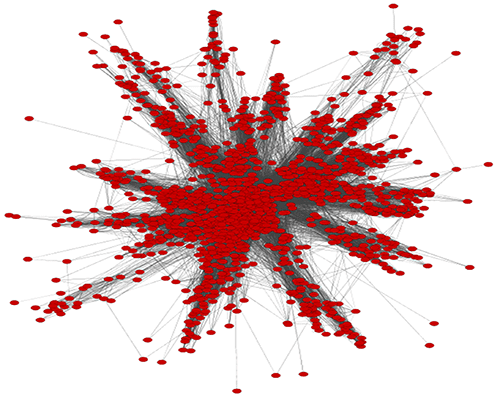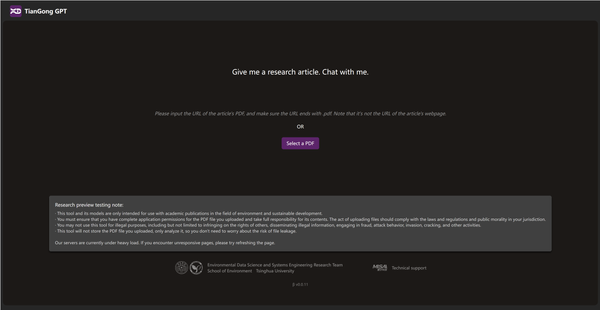IO Network
Input-output (IO) models are widely used in environmental studies to understand the relationship between production-related environmental pressures (e.g. greenhouse gas emissions) and consumption at the economy scale. However, little attention in the IO literature has been paid to study the structure of an economy as a complete, integrated system. Just as we cannot comprehend the dynamics of ecosystems by studying separated food chains or the behavior of cells by micro-scoping isolated biochemical pathways, we cannot fully understand the structure and its relation to the dynamics of an economy only by investigating isolated, separated interdependencies between sectors. A more “holistic” perspective is required. Modern “network analysis” offers an ideal framework to pursue such study using IO models.

- Liang, S.; Qi, Z.-L.; Qu, S.; Zhu, J.; Chiu, A. S. F.; Jia, X.-P.; Xu, M.* Scaling of global input-output networks. Physica A: Statistical Mechanics and Its Applications 2016, 452, 311-319.
- Liang, S.; Qu, S.; Xu, M.* Betweenness-based method to identify critical transmission sectors for supply chain environmental pressure mitigation. Environmental Science & Technology 2016, 50 (3), 1330-1337.
- Liang, S.; Feng, Y.; Xu, M.* Structure of the global virtual carbon network revealing important sectors and communities. Journal of Industrial Ecology 2015, 19 (2), 307-320.
- Xu, M.*; Allenby, B. R.; Crittenden, J. C. Interconnectedness and resilience of the U.S. economy. Advances in Complex Systems 2011, 14 (5), 649-672.



